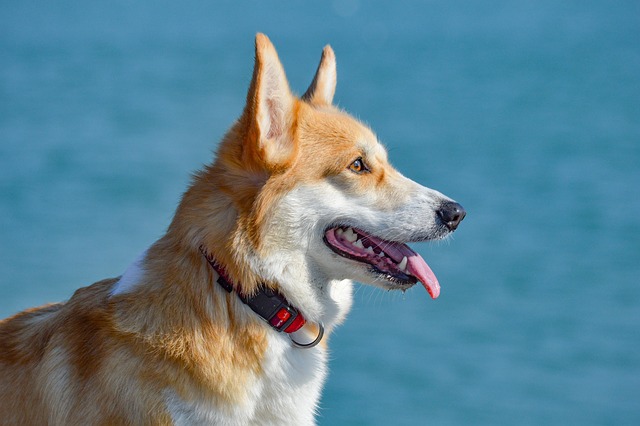
What's wrong with dogs always licking their paws
Watching their furry child constantly licking their paws, with that focused and persistent look, is both heartbreaking and confusing.
When we gently stroke the soft fur of dogs and enjoy the healing moments brought by their enthusiastic tail wagging, we often tend to overlook a health hazard hidden behind their bright smiles - oral problems. Those sparkling eyes, wet noses, and little heads that rub against us from time to time make us unable to help but pour all our love on them. However, have you ever thought that the dental health of dogs who interact closely with us every day and lick our faces with their tongues needs us to protect them in a scientific and warm way. The most critical question is: how often should we brush our dogs' teeth?
The dog's mouth is a complex micro-ecosystem. Like humans, dental plaque will continue to form on the surface of their teeth. These bacterial films, which are almost invisible to the naked eye, begin to grow quietly after the dog eats. The carbohydrates in food residues are the "delicious food" of dental plaque bacteria. When bacteria decompose these substances, they produce acidic substances. These acidic substances are like invisible "corrosives" that continuously attack the dog's tooth enamel, which will cause tooth decay over time. At the same time, if dental plaque is not cleaned in time, it will gradually mineralize and harden to form dental calculus. The rough surface of dental calculus will further absorb more bacteria and dirt, causing gingivitis. From dental plaque to dental calculus, from gingivitis to more serious periodontitis, the development process of this series of oral diseases is often silent but destructive.
According to the advice of professional veterinarians, in order to effectively prevent these oral problems, it is best to brush your dog's teeth every day. This may sound a bit cumbersome, but just as we insist on brushing our teeth every day to maintain oral health, dogs also need such regular and continuous care. Daily brushing can remove newly formed dental plaque in time and not give bacteria and acidic substances the opportunity to erode teeth. When we gently dip toothpaste with a pet-specific toothbrush and gently circle the surface of the dog's teeth, we are actually racing against time to nip the hidden dangers that may cause oral diseases in the bud.
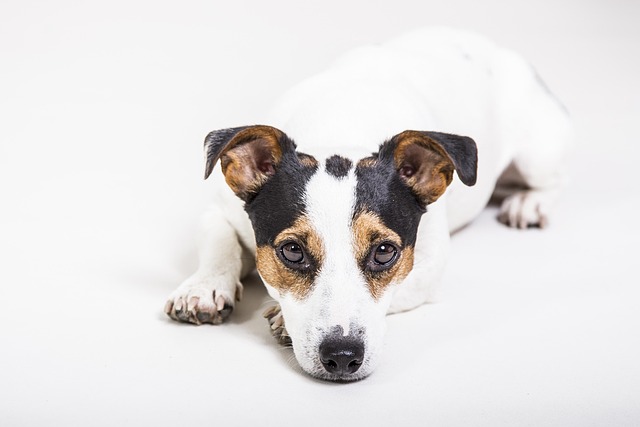 Of course, we also understand that in real life, not all owners can guarantee to brush their dogs' teeth every day. If you really can't do daily care, you should brush your dog's teeth at least 3-4 times a week. However, it should be noted that reducing the frequency of brushing teeth means that each brushing must be more careful and thorough. In this limited number of times, make sure that every surface of the teeth, including the outer, inner and occlusal surfaces, can be cleaned. At the same time, the owner needs to pay closer attention to the dog's oral condition. Once problems such as red and swollen gums, worsening bad breath, and obvious tartar on the surface of the teeth are found, the brushing frequency should be adjusted as soon as possible, and even veterinary help should be sought.
Of course, we also understand that in real life, not all owners can guarantee to brush their dogs' teeth every day. If you really can't do daily care, you should brush your dog's teeth at least 3-4 times a week. However, it should be noted that reducing the frequency of brushing teeth means that each brushing must be more careful and thorough. In this limited number of times, make sure that every surface of the teeth, including the outer, inner and occlusal surfaces, can be cleaned. At the same time, the owner needs to pay closer attention to the dog's oral condition. Once problems such as red and swollen gums, worsening bad breath, and obvious tartar on the surface of the teeth are found, the brushing frequency should be adjusted as soon as possible, and even veterinary help should be sought.
When brushing the teeth of dogs for the first time, many owners will encounter considerable challenges. Dogs may resist or even dodge because they are not used to it. At this time, what we need is full of patience and gentleness. You can start by letting the dog get familiar with the taste of toothbrush and toothpaste, apply toothpaste on your fingers, let the dog lick it, and build up a good impression of toothpaste. Then, gently lift the dog's lips and gently rub its teeth with your fingers to let it gradually get used to the feeling of being touched in the mouth. After the dog slowly adapts, try to use a toothbrush instead of fingers. Throughout the process, every successful attempt should be rewarded with snacks and praise, so that the dog will associate brushing teeth with a pleasant experience. This gradual process is not only about teaching dogs to accept brushing, but also about building a deeper trust and emotional connection with them.
In addition to the frequency and method of brushing teeth, choosing the right oral care products is also crucial. There are a wide variety of pet toothpastes and toothbrushes on the market, but not all products are suitable for dogs. Dogs' toothpaste must be edible because they will inevitably swallow some toothpaste when brushing their teeth. The size and shape of the toothbrush must be suitable for the dog's mouth. The size of the toothbrush required for small dogs and large dogs is different. In addition, some oral care snacks and tooth cleaning toys can also be used as auxiliary means, but they cannot replace brushing teeth. These snacks and toys can only play a certain role in cleaning and slowing down the formation of dental plaque. To truly maintain the oral health of dogs, the owner still needs to brush their teeth himself.
Watching dogs grow up healthily and happily is the greatest wish of every pet owner. And a healthy mouth of teeth is not only related to the oral health of dogs, but also affects their overall quality of life. Dogs with serious oral diseases may lose their appetite due to pain, leading to malnutrition; bacteria may also enter the blood circulation through the mouth, affecting the health of important organs such as the heart, liver, and kidneys. When we spend a few minutes brushing our dogs' teeth every day, we are not only protecting their white teeth, but also their long-term health and happiness.
Every gentle brushing action is our silent love for dogs; every day of persistent care is building a strong line of defense for the healthy life of dogs. Maybe at the beginning, this process is a bit difficult, but when we see dogs gradually adapt and even enjoy the time of brushing their teeth, when we see them blooming a brighter smile because of oral health, we will understand how worthwhile this persistence is. Let us use scientific care frequency and gentle care methods to create a healthy oral environment for dogs and accompany them through more happy years.

Watching their furry child constantly licking their paws, with that focused and persistent look, is both heartbreaking and confusing.
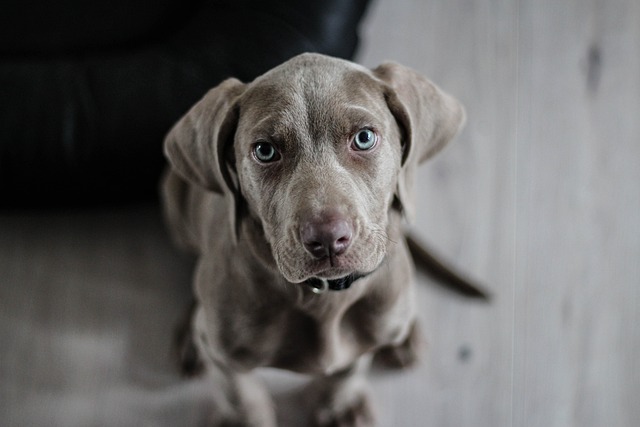
When you habitually pet your dog and suddenly notice that its once smooth coat has become rough and prickly, the change in texture will immediately alert you.
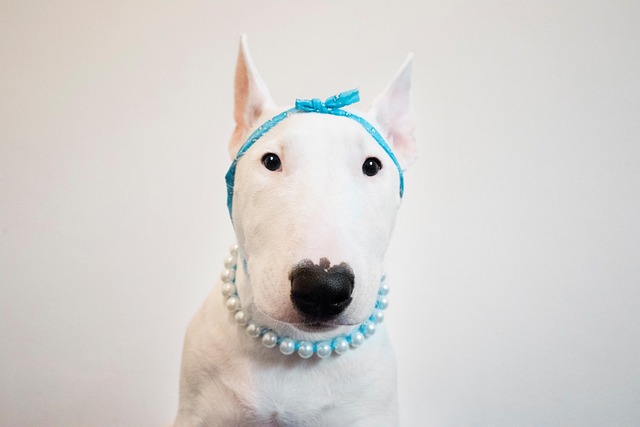
When we hold the soft and cute puppies in our hands, their furry little bodies and smart eyes instantly melt our hearts. From that moment on, we shoulder the responsibility of taking care of this little life,
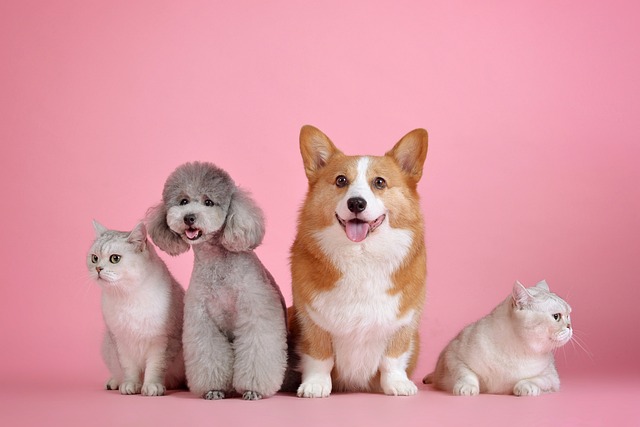
You push open the door to find shredded pillow stuffing, chewed-through cables, or claw-marked door frames scattered across the floor—and in an instant,
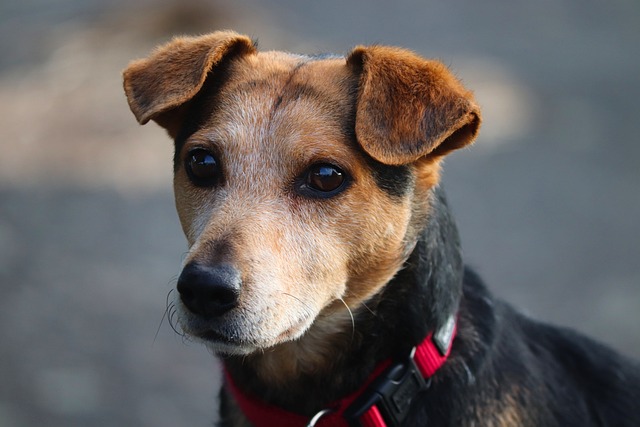
When you realize that only your absence triggers your otherwise well-behaved companion into anxious behaviors—scratching at the door, barking incessantly,

When we hold the sweet and juicy soft-seeded pomegranates and look at the round, expectant eyes of the dogs around us, we always feel entangled: Can such delicious fruit be shared with our beloved fur children?